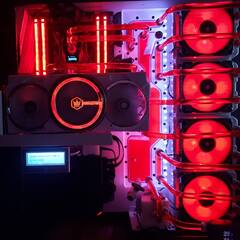Need arduino help
-
Topics
-
0
-
3
-
3
-
john b ·
Posted in Phones and Tablets3 -
NukoTi ·
Posted in Troubleshooting4 -
0
-
DaveStatteo ·
Posted in Displays7 -
jx3 ·
Posted in Peripherals4 -
ConanWolf ·
Posted in Servers, NAS, and Home Lab20 -
Maki Zenko ·
Posted in Graphics Cards9
-
-
play_circle_filled

Latest From ShortCircuit:
The World's Fastest CPU (Technically...) - Intel i9-14900KS


.png.255947720031a641abdac78e663b681c.png)











Create an account or sign in to comment
You need to be a member in order to leave a comment
Create an account
Sign up for a new account in our community. It's easy!
Register a new accountSign in
Already have an account? Sign in here.
Sign In Now